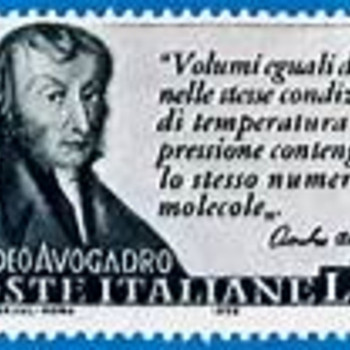#1.# Stoichiometry problems that feature combustion of hydrocarbons are very topical and popular. This question requires a balanced chemical equation, and then some calculations.
#C_10H_22(l) + 31/2O_2(g) rarr 10CO_2(g) + 11H_2O(l)#
We assume standard conditions, and we ensure that the equation is stoichiometric, i.e. precisely balanced; is it? If we use a #C_10# hydrocarbon, then complete combustion requires #10# equiv of #CO_2#. Hydrogen is oxidized to water, hence #11# equiv water result. To balance the oxygen, I have a 1/2 equiv quantity of oxygen gas (I could remove this how?)
#2.# We have a limited amount of diesel fuel and and we must calculate the the mass of the carbon dioxide produced. We must also calculate the volume of gas produced given that 1 mol of gas (whose behaviour is reasonably idealized) occupies #24.5# #dm^3# under SLC.
I have done a bit of spoonfeeding here, in that I gave you the chemical equation. You would be required to reproduce this at A level. A more advanced question would introduce more realistic conditions. Some of the hydrocarbon would be incompletely combusted to #CO# and #C#. How could this be represented in the equation?

